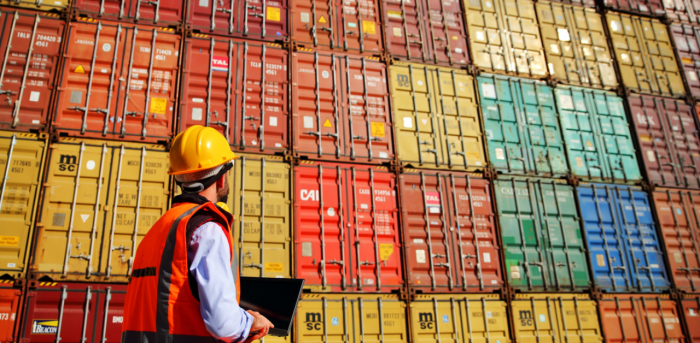
Addressing container shortage, high shipping freights to help exports hit USD 400 bn this fiscal’
NEW DELHI : Addressing acute shortage of containers, controlling high shipping freights and ensuring timely refund of pending dues are crucial to take the country’s overall exports to USD 400 billion by the end of this fiscal, according to exporters.
The other factors that could help in increasing shipments include ensuring that negotiations for various free-trade agreements (FTAs) lead to greater market access for Indian goods; attracting export-oriented foreign direct investment, credit to exporters at international rates; and investing in dedicated R&D and design centres for focused products in each state.
Leading leather exporter and Farida Group Chairman Rafeeq Ahmed said exporters are facing huge problems with regard to container shortage, and this issue needs to be resolved immediately.
Federation of Indian Export Organisations (FIEO) Director General Ajay Sahai said, “Container shortage issue is the most serious one and it will affect manufacturing, as goods will pile up in factories”.
Sharing a similar view, Ludhiana Hand Tools Association President S C Ralhan said that along with shortage, high shipping freights are impacting domestic exporters and both these matters need attention of the government as “we are targeting USD 400 billion exports” in the current financial year.
Exports during April-July 2021 jumped 73.86 per cent to USD 130.56 billion, against USD 75.10 billion in the year-ago period.
FIEO former president S K Saraf suggested exporters to do aggressive marketing by looking at new market options; investing in technology to improve quality and productivity, and doubling of existing capacities.
From the government side, Saraf suggested amending land laws so that exporters can buy land and get all clearances in a month’s time; allowing bank finance at international price; and paying off pending dues within a month by all government departments.
Current FIEO President A Sakthivel also recommended the Centre for augmenting cash flow to exporters; and providing freight subsidy to adjust abnormal hike of shipping rates. He also urged the government to release pending claims of exporters under different schemes like MEIS (Merchandise Exports from India Scheme).
Mohit Singla, founder chairman of Trade Promotion Council of India (TPCI), said that to achieve the USD 400-billion target, there is a need for marketing support for focused products; national authority for meeting compliance and standards, and streamlining of payment mechanisms with banks for exporters.
Further, International Chamber of Commerce (ICC Paris-India) President Vikramjit S Sahney suggested setting up of an institutional mechanism for global market intelligence; enhanced role of Indian missions; and massive campaigns in key markets for brand building of traditional Indian exports.
“We also have to ensure that negotiations under various FTAs lead to greater market access for the Indian industry in partner countries. India should also focus more on attracting export-oriented FDI,” he said.
FIEO Vice-President (Western Region) Khalid Khan stated that exporters should now explore key markets in Latin America and Africa, as both these regions hold huge export potential.
“Besides, they have to start exporting high value-added goods. Huge potential is there in developing countries for such goods and this is the time when we have to push for that,” Khan said.
Plastics Export Promotion Council of India (Plexconcil) Chairman Arvind Goenka said sea freight rates have increased making the export goods uncompetitive with local manufacturers in respective countries.
“If the government regulates port charges and inland haulage charges in such a way that burden of increased sea freight is reduced, it can allow Indian exporters to pass on the benefit in their export price,” he added.
He also asked exporters to invest regularly in research and development to ensure that they can produce desirable quality at the lowest cost.
Source : Business Today
‘
